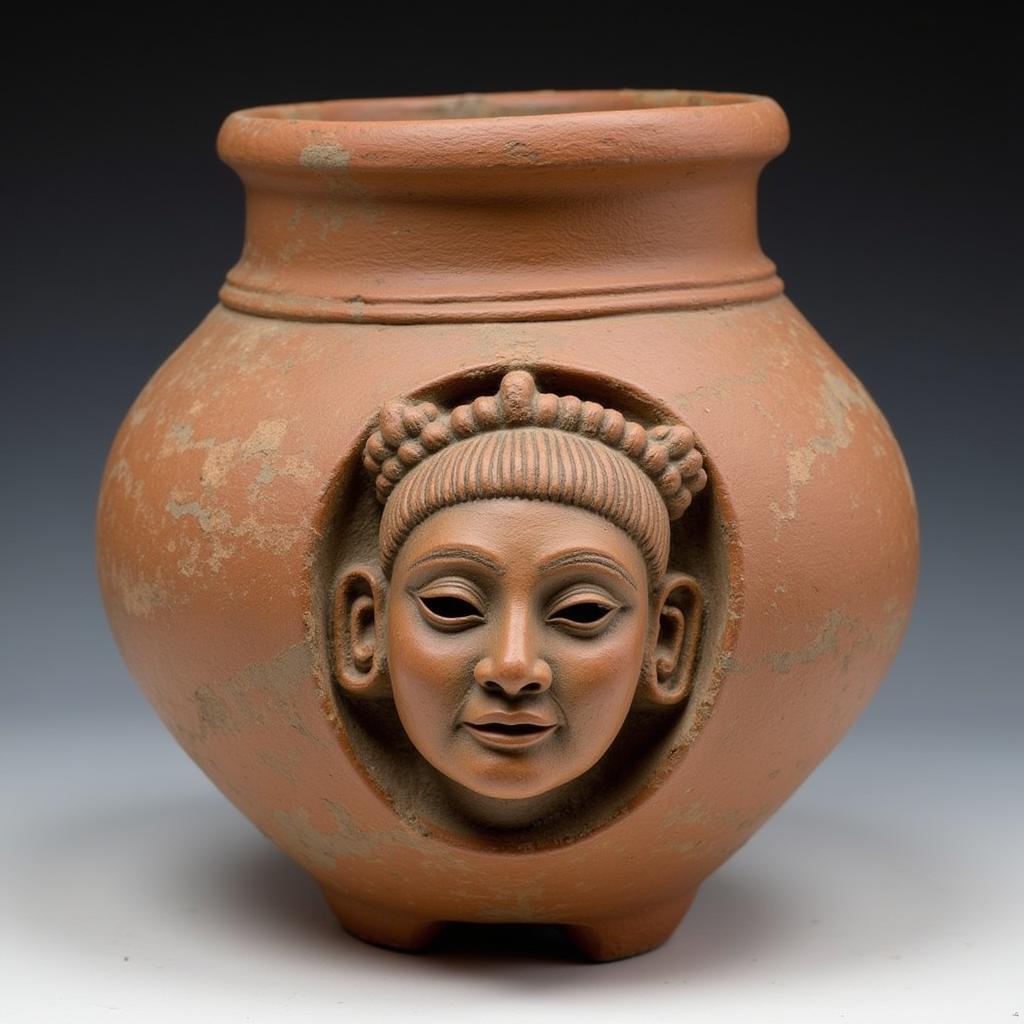African Henna vs Indian Henna: Unveiling the Differences in Origin, Uses, and Traditions
The art of henna, adorning the body with intricate patterns drawn from a paste made of the henna plant’s dried leaves, holds deep cultural significance in many parts of the world. While often associated with India, henna’s roots stretch far beyond the Indian subcontinent, reaching deep into the heart of Africa. This exploration delves into the fascinating world of “African Henna Vs Indian Henna,” uncovering the distinctions in their origins, applications, and cultural relevance.
Beyond Borders: Tracing the Roots of Henna
While the exact origin of henna remains shrouded in the mists of time, historical evidence suggests its use dating back thousands of years. Some scholars propose that its journey began in ancient Egypt, where henna played a vital role in rituals and beautification practices. From there, it is believed to have spread across North Africa, eventually reaching the Indian subcontinent.
African Henna: A Tapestry of Traditions and Styles
Across the vast African continent, henna holds a place of honor in diverse cultures, serving as a vibrant expression of identity, tradition, and celebration. From the intricate Berber designs of Morocco to the bold geometric patterns favored in East Africa, each region boasts its unique artistic heritage.
North Africa: Where Henna and History Intertwine
In North Africa, henna transcends mere decoration; it embodies a rich cultural tapestry woven over centuries. Moroccan henna, renowned for its delicate, lace-like patterns, often incorporates symbolic motifs representing fertility, good luck, and protection from evil.
East Africa: Bold Statements and Communal Bonds
East Africa presents a different facet of henna artistry. In countries like Somalia and Tanzania, bolder, geometric designs take center stage, often applied during weddings and other significant life events. Here, the application of henna becomes a communal affair, strengthening bonds between women as they share stories and laughter while creating these intricate body art masterpieces.
Indian Henna: A Celebration of Color and Spirituality
Henna, known as “mehndi” in India, enjoys a deeply embedded presence in the country’s cultural landscape. From weddings to religious festivals like Diwali and Eid, henna plays a central role in rituals and celebrations.
The Indian Aesthetic: Intricate Patterns and Symbolic Motifs
Indian henna art is characterized by its intricate, flowing patterns that often cover large areas of the body, such as hands, arms, and feet. These intricate designs often feature paisley motifs, flowers, and other symbolic elements, each carrying a special meaning.
Henna in Hindu and Muslim Traditions
Henna transcends religious boundaries in India, embraced by both Hindus and Muslims. In Hindu weddings, the intricate henna designs symbolize the sacred bond between husband and wife, while in Muslim traditions, henna signifies joy and celebration.
Unveiling the Differences: African Henna vs Indian Henna
While both African and Indian henna share a common origin story and artistic foundation, distinct differences have evolved over time.
Ingredients and Application Techniques
One key difference lies in the ingredients and preparation of the henna paste. In Africa, natural ingredients like lemon juice and sugar are commonly added to the henna powder, while in India, essential oils and other aromatic ingredients might be incorporated to enhance the fragrance and color of the paste.
Design Aesthetics and Symbolism
Design aesthetics also diverge significantly. African henna often features bolder, geometric patterns, while Indian henna leans towards more intricate, flowing designs. The symbolism behind the patterns also varies, reflecting each region’s unique cultural beliefs and traditions.
Cultural Significance and Contemporary Adaptations
While henna remains deeply rooted in tradition, both Africa and India have witnessed a surge in contemporary interpretations of this ancient art form. Modern henna artists experiment with new designs, incorporate elements from different cultures, and push the boundaries of creativity, ensuring this timeless tradition continues to evolve and inspire.
Conclusion: Celebrating the Diversity of Henna
The journey through “African henna vs Indian henna” reveals a fascinating tale of cultural exchange, artistic expression, and enduring traditions. While differences exist, both forms of henna embody the beauty of human creativity, the power of symbolism, and the deep connection between art and culture.

